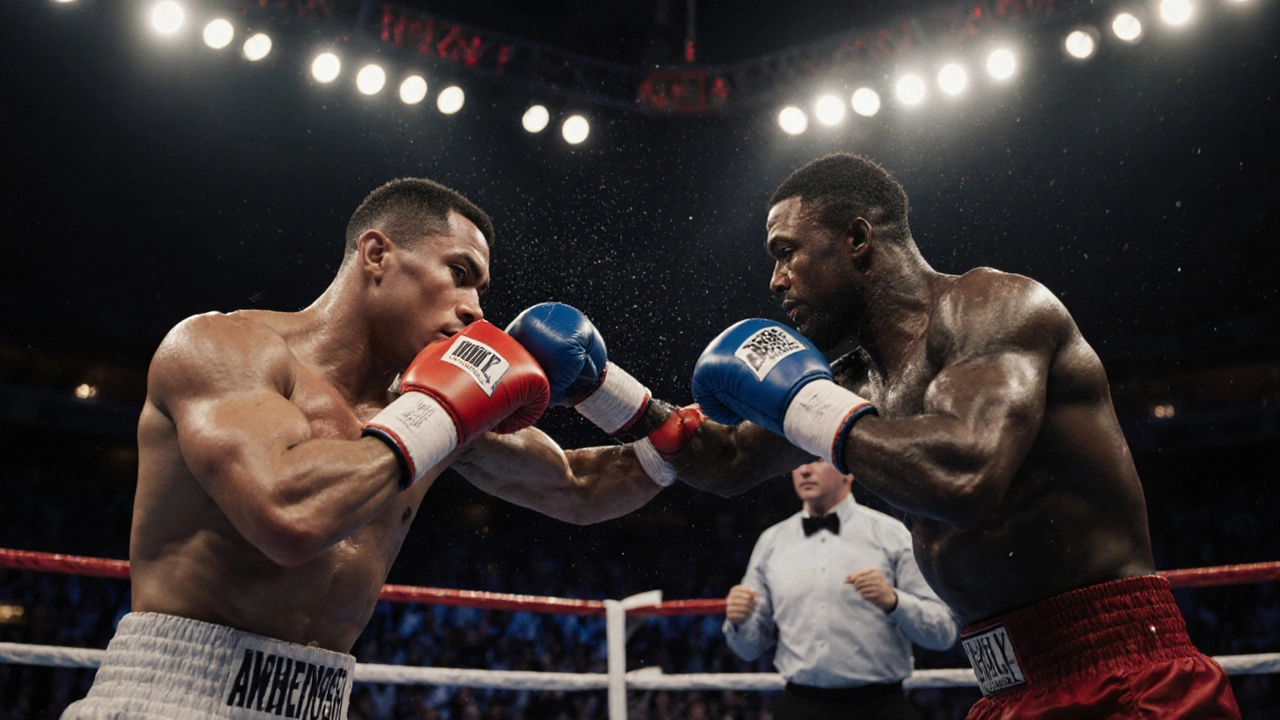Boxing Judges: How They Score Fights and What Really Matters in the Ring
When you watch a boxing match, the boxing judges, three officials assigned to score each round based on clean punching, defense, ring control, and aggression. Also known as ring officials, they hold the power to decide who walks away with the win—even when the crowd disagrees. Their scores don’t come from gut feelings. They follow a strict 10-point must system: the winner of each round gets 10 points, the loser usually gets 9, and sometimes 8 or even 7 if one fighter was badly outclassed. It’s not about who landed the flashiest punch—it’s about who landed the cleanest, most effective ones.
But here’s the thing: boxing scoring, the system used by judges to evaluate rounds in professional bouts doesn’t reward volume alone. A fighter who throws 50 punches but misses 45 won’t score higher than someone who lands 10 sharp, well-placed shots. That’s why some fights feel like a blur to fans but end in a split decision—judges are looking at impact, not activity. And it’s not just about offense. Defense matters too. Blocking, slipping, and controlling the center of the ring can earn points, even if you’re not throwing punches. This is why a smart, cautious boxer can beat a brawler, even if the brawler looks more exciting.
That’s also why boxing rules, the official guidelines governing how fights are conducted and judged in professional and amateur settings are so tightly written. Judges are trained to ignore theatrics, taunts, or crowd noise. They focus on what happens inside the ropes. And while some decisions still spark outrage, it’s usually because viewers don’t fully understand what the judges saw. A punch that looks like a knockout to you might’ve been blocked by half an inch. A clinch that looks like stalling might’ve been the only way a fighter avoided a brutal counter.
And let’s not forget the boxing bout, the official term for a professional or amateur boxing match, governed by strict time limits and scoring rules. It’s not just a fight—it’s a structured contest with clear expectations. Each round lasts three minutes. Judges must score each one independently. No carryover. No mercy. And in the end, three scores are added up. That’s it. No video review. No instant replay. Just the judges’ eyes, their training, and their consistency.
What you’ll find in the posts below are deep dives into how these judges think, why some calls go wrong, and how fighters train to win their favor. You’ll see how scoring has changed over the years, what separates a good judge from a bad one, and why some fighters always seem to win close rounds—even when they look like they’re losing. This isn’t about bias. It’s about understanding the system. And once you get it, you’ll never watch a boxing match the same way again.
